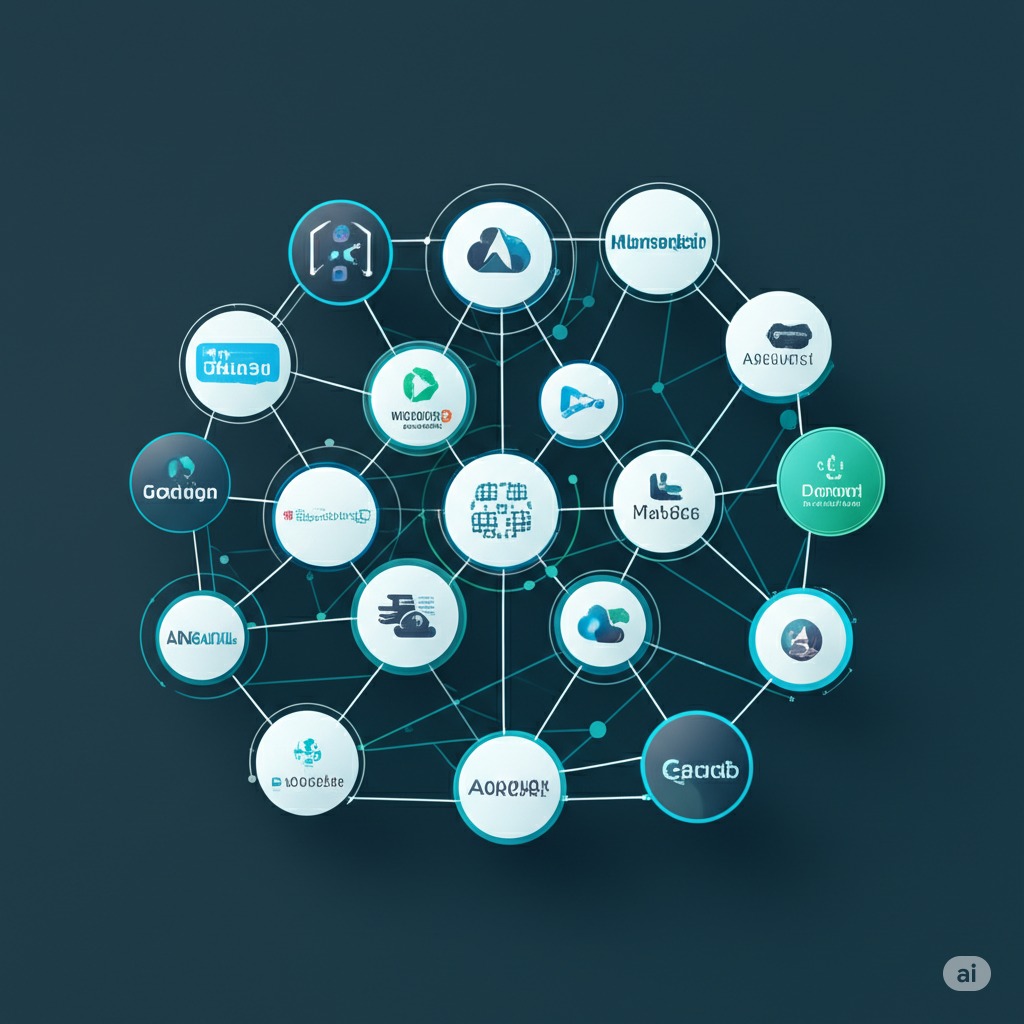In the digital age, enterprises face an ever-increasing flood of data generated from multiple sources—customer interactions, connected devices, financial transactions, and internal processes. To turn this information into meaningful insights, businesses rely on advanced platforms capable of handling massive volumes of data efficiently. Scalable data analytics platforms have become essential for organizations that want to stay competitive, innovate, and drive sustainable growth.
The Role of Scalability in Data Analytics
Scalability refers to the ability of a system to grow and adapt as data volumes, user demands, and business needs expand. In the context of analytics, this means a platform can process larger datasets, manage more users, and support more complex queries without sacrificing performance.
A non-scalable system may initially meet the needs of a business, but as data grows, it risks slow performance, limited insights, and bottlenecks that hinder decision-making. By contrast, scalable platforms ensure enterprises can continuously analyze new data streams while keeping pace with evolving market dynamics.
Key Benefits of Scalable Data Analytics Platforms
1. Real-Time Insights for Faster Decision-Making
With scalable infrastructure, organizations can analyze vast amounts of data in real time. This enables faster responses to market changes, customer behavior, or operational issues. Whether it’s adjusting a supply chain, tailoring a marketing campaign, or detecting fraud, timely insights create significant competitive advantages.
2. Cost Efficiency Through Elastic Resources
Cloud-based scalable platforms allow enterprises to use resources on demand. Instead of investing in fixed infrastructure that may sit idle during off-peak times, businesses can scale up or down as needed. This elasticity not only reduces costs but also ensures better allocation of IT budgets toward strategic initiatives.
3. Empowering Innovation
When teams have access to advanced analytics tools without performance limitations, they can experiment with predictive models, artificial intelligence, and machine learning. Scalable platforms support these innovations by providing the computational power and flexibility required to handle sophisticated algorithms and large training datasets.
4. Enhanced Customer Experience
Modern customers expect personalized experiences, from product recommendations to tailored services. By leveraging scalable analytics, companies can process behavioral data from millions of interactions, delivering personalized solutions that improve satisfaction and loyalty.
5. Long-Term Business Agility
Markets evolve quickly, and enterprises must adapt. Scalable platforms allow companies to expand operations, enter new markets, and integrate additional data sources without rebuilding their infrastructure. This agility supports long-term growth and resilience.
Core Features of Scalable Analytics Platforms
To support enterprise growth, an analytics platform must incorporate several critical features:
- Distributed Architecture: Data is processed across multiple servers or nodes, preventing bottlenecks.
- Elastic Cloud Integration: Seamless scaling of storage and compute power based on workload demands.
- Data Governance and Security: Strong frameworks to manage compliance, protect sensitive information, and maintain trust.
- Integration Capabilities: Support for multiple data sources, from structured databases to unstructured streams such as social media or IoT devices.
- User-Friendly Interfaces: Tools that empower both technical experts and business users to extract insights independently.
Real-World Applications Driving Growth
Enterprises across industries are already using scalable analytics platforms to unlock growth opportunities:
- Retail: Analyzing customer preferences to optimize inventory and predict demand.
- Healthcare: Managing patient data to improve outcomes, streamline operations, and reduce costs.
- Finance: Detecting anomalies in transactions to prevent fraud while offering personalized financial advice.
- Manufacturing: Monitoring sensor data from equipment to predict maintenance needs and reduce downtime.
These applications illustrate how scalability allows businesses to move beyond descriptive analytics into predictive and prescriptive insights that directly impact revenue and efficiency.
Challenges and Considerations
While scalable platforms offer enormous potential, enterprises must also navigate challenges such as data privacy regulations, integration complexity, and cultural readiness. It’s not just about technology; success depends on aligning people, processes, and strategy with data-driven goals.
Partnering with experienced technology providers can help mitigate risks. Companies like DataArt, for example, deliver tailored solutions that combine technical scalability with industry expertise, ensuring organizations maximize the value of their analytics investments.
The Future of Enterprise Growth Through Scalable Analytics
The future belongs to businesses that can harness data at scale. As technologies like artificial intelligence, edge computing, and advanced visualization evolve, scalable analytics platforms will continue to expand their role in shaping enterprise strategies.
By investing in scalability today, organizations lay the foundation for innovation, resilience, and sustained growth tomorrow.

